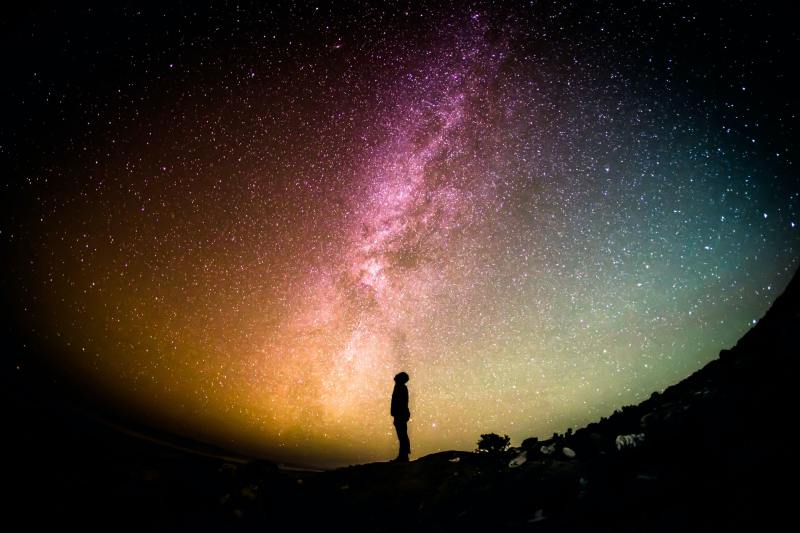
We’re drowning in light — or, more specifically, light pollution. Urban sprawl and the worldwide population explosion have meant that artificial light is blanketing our night skies like never before. Many city dwellers have never and may never see the night sky as our ancestors did before the advent of electricity. But, one organization, the International Dark-Sky Association (IDSA), is working to preserve our views of the heavens now and for future generations. The next step in its mission: New Mexico’s Valles Caldera National Preserve.
Related Guides
- Best Travel Documentaries on Netflix
- Best Virtual Tours of National Parks
- Best Times To Visit National Parks
As the nation’s newest National Preserve, Valles Caldera National Preserve is a stunning natural destination in its own right. It’s more than 200 square miles of sweeping mountain meadows, wandering streams, and abundant wildlife. Its unique location in New Mexico’s Jemez Mountains also makes it one of the darkest places in the United States. On especially clear nights, visitors are afforded crisp and stunning views of the planets, constellations, meteorological events, and the Milky Way. All of this is why the IDSA recently certified the preserve as the world’s latest International Dark Sky Park.
Working with the IDSA takes the preserve’s commitment to maintaining its skies even further. In the National Park Service’s official announcement, Preserve Superintendent Jorge Silva-Bañuelos said, “The night sky has inspired countless humans to dream, invent, and explore. With this certification, we are committed to preserving our dark night skies and sharing all that we can learn from them with our surrounding communities and visitors to Valles Caldera.”
Since 2001, the International Dark-Sky Association’s mission has been simple: To work with cities, parks, communities, and others around the world to preserve our dark skies. The simplest way to do this is with responsible lighting policies. That includes easy but effective solutions like switching to dimmer, low-energy light bulbs, changing the direction of light fixtures to point away from the sky, and limiting lighting usage only to when it’s absolutely necessary. The association also works with communities and leaders to educate the public about the genuine concerns of light pollution and what they can do to combat it.
Valles Caldera is now the 37th IDSA-certified National Park site in the United States. In the last five years alone, the IDSA has also certified Colorado’s Great Sand Dunes National Park, Grand Canyon National Park, and Joshua Tree National Park as official International Dark-Sky Places. Of the more than 100 total dark-sky places worldwide, many others are right here in the U.S., like Nevada’s Massacre Rim WSA.
The preserve is already working to schedule post-COVID astronomy events with local astronomers, stargazers, and nature groups. For self-guided tours, the park also offers six large pullouts open 24/7 for stopping and stargazing. Check out Valles Caldera National Preserve’s official website for the latest details.
If you’re planning to capture the night sky during your next visit, check out our beginner’s guide to capturing the Northern Lights (and just about anything else that’s worth photographing in our universe).


